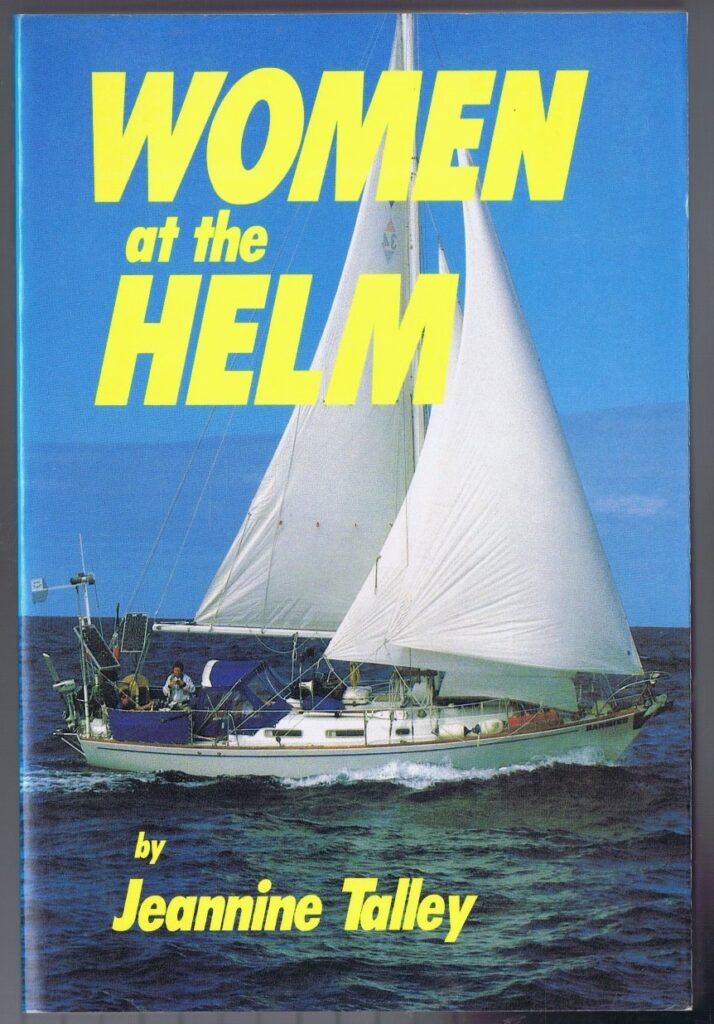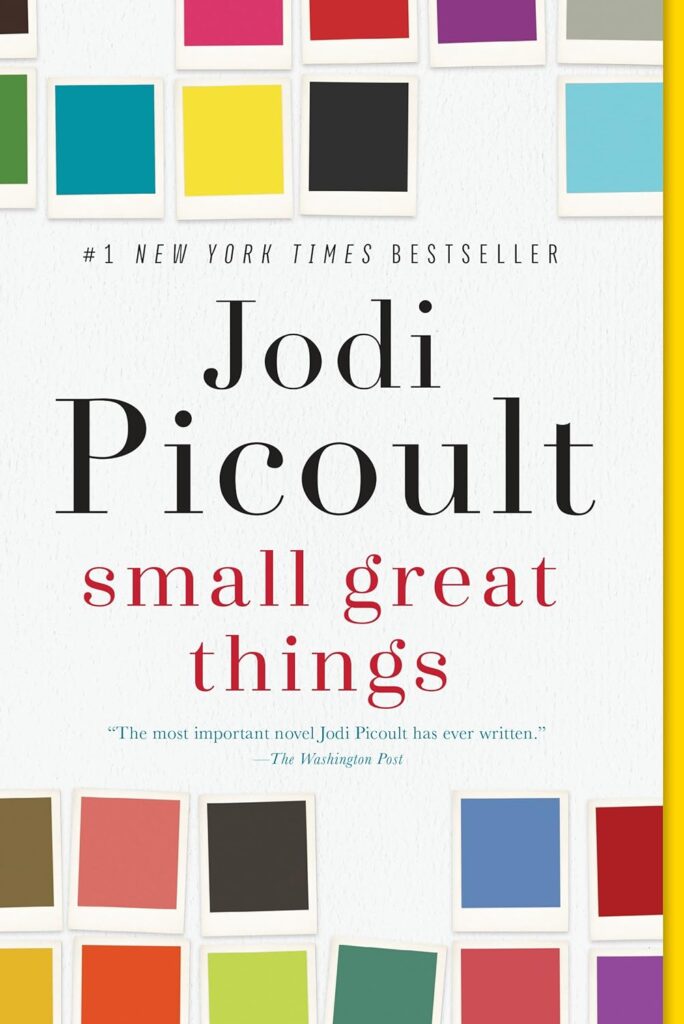“We are the sum total of all the choices we have made.”
—Eleanor Roosevelt
You Learn by Living: Eleven Keys for a More Fulfilling Life by Eleanor Roosevelt (1884 – 1962), former first lady and civil rights activist, impressed me by its relevance today, sixty-five years after it was published in 1960.
Eleanor Roosevelt was the niece of one U.S. president, Theodore Roosevelt, and married a man who would become another, Franklin D. Roosevelt. She redefined the role of first lady, and was outspoken for human and women’s rights. She held press conferences and penned her own newspaper column, “My Day,” published nationwide six days a week. After she left the White House in 1945, she became chair of the United Nation’s Human Rights Commission. In her day, she was one of the world’s most widely admired and powerful women.
Within each chapter are words of wisdom on topics mentioned in the book’s subtitle: “Learning to Learn, Fear—the Great Enemy, The Uses of Time, The Difficult Art of Maturity, Readjustment is Endless, Learning to Be Useful, The Right to Be an Individual, How to Get the Best Out of People, Facing Responsibility, How Everyone Can Take Part in Politics, Learning to Be a Public Servant.” Each chapter reflects Roosevelt’s views with suggestions on how to apply the concepts to our own lives, wisdom that resonates in any era.
Eleanor Roosevelt lived a life of affluence with boarding schools, education abroad, housekeepers, cooks and nannies. Yet she devoted her life to helping people become the best they can be by sharing her wise philosophy on living a fulfilled life.
You Learn by Living is a treasure of wise concepts still applicable in today’s world. Reading this memoir, I discovered the depth of Eleanor Roosevelt’s passion for life, her confidence, maturity, and civic stewardship. I was impressed with this stellar woman’s devotion to mankind.











